Aber es ist nicht nur der Wind der das Ungemütliche aus dem weiten Osten zu uns bringt. Im Ohr heute u.a. aus der „Tschu-Tschu“ Edition #7: Van der Graaf Generator – Killer. Live habe ich sie am 11.05.1971 in Würzburg gesehen.
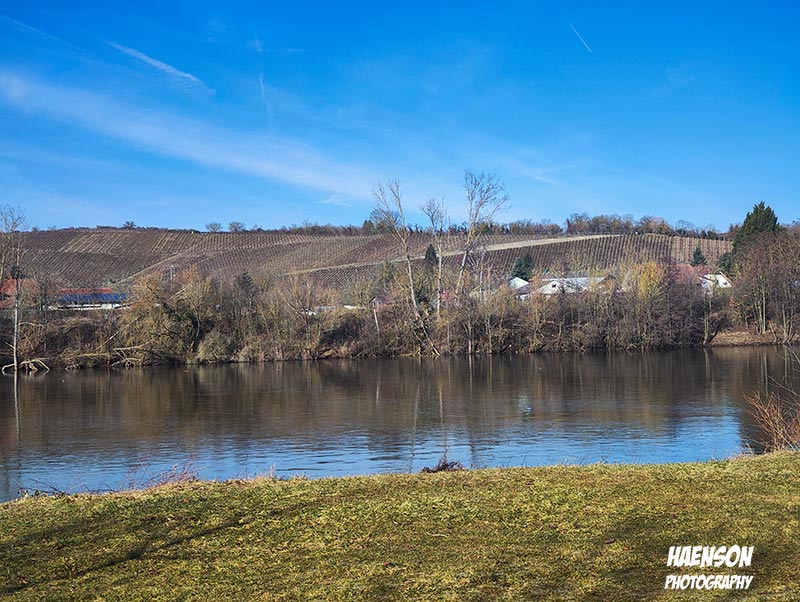
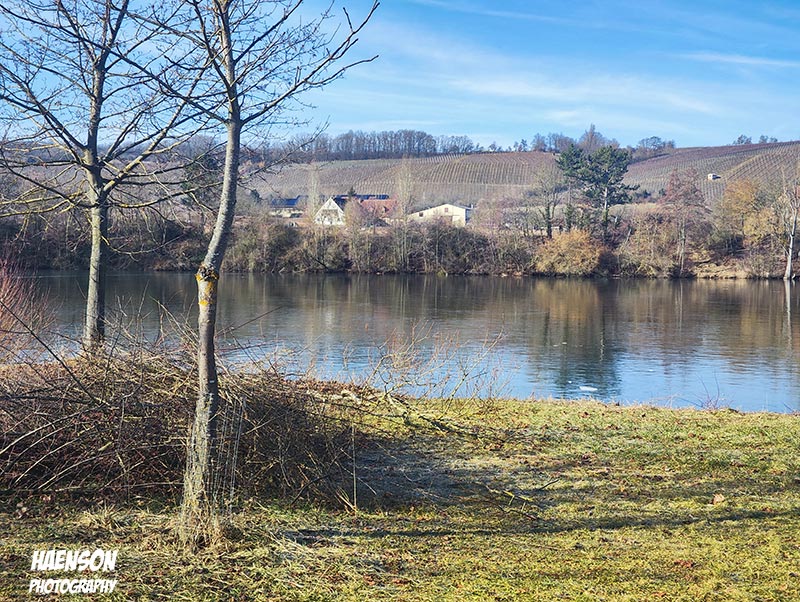
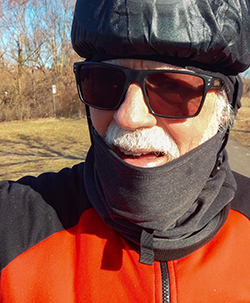
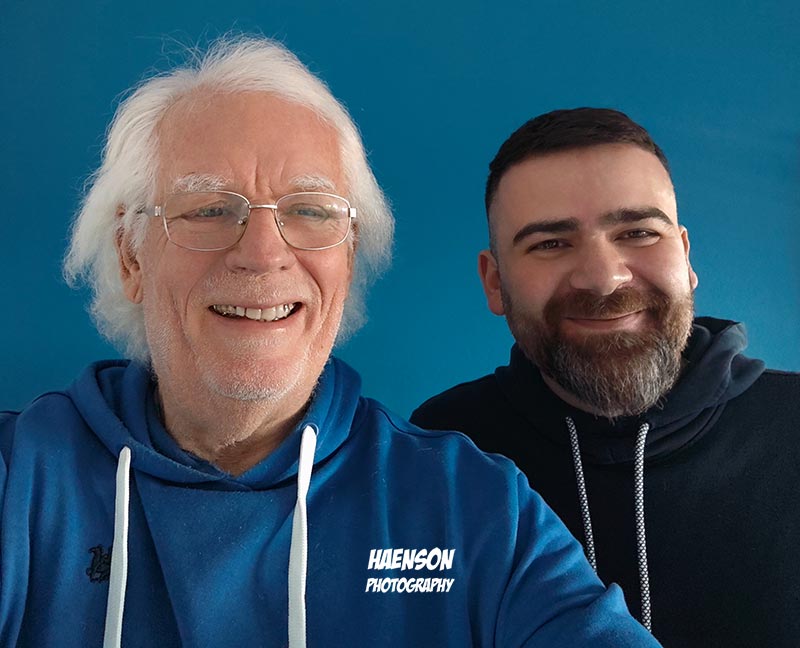
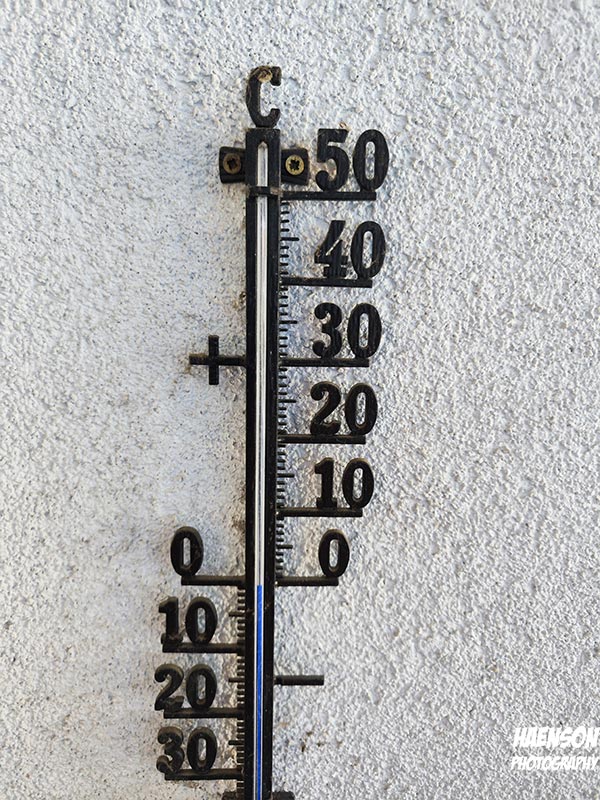
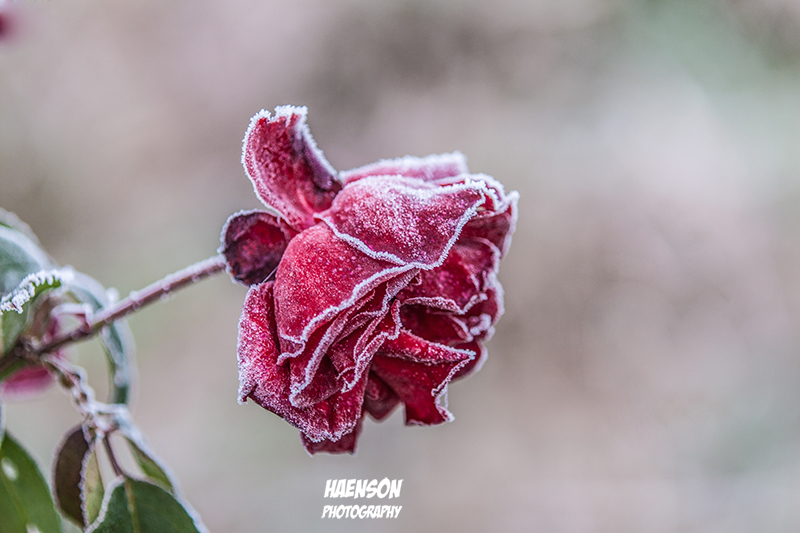

Leben und Radfahren in Mainfranken – Bilder sagen mehr als Worte
Meine Kalender werden durch CALVENDO vertrieben, er ist der erste Verlag, der es talentierten Kreativschaffenden ermöglicht, individuelle Kalender, Leinwände und Puzzle mit ihren eigenen Fotos, Grafiken und Texten nicht nur zu veröffentlichen, sondern auch international über den Handel zu verkaufen.
CALVENDO produziert alle Produkte einzeln auf Bestellung, im Printing-on-Demand-Verfahren. Die Bestellungen der Kalender kommen vor allem aus dem Buchhandel (Amazon, Thalia etc.), aber auch von anderen Vertriebspartnern aus dem In- und Ausland – und wenn sie wollen auch von den Urhebern selbst.
Durch CALVENDO entsteht das umfangreichste und thematisch breiteste Kalenderangebot weltweit, und ich bin mit den unten abgebildeten Kalendern dabei.
Bestellen kann man hier direkt beim Verlag, bei Amazon, bei Thalia oder in jeder Buchhandlung. Zur Not auch bei mir.
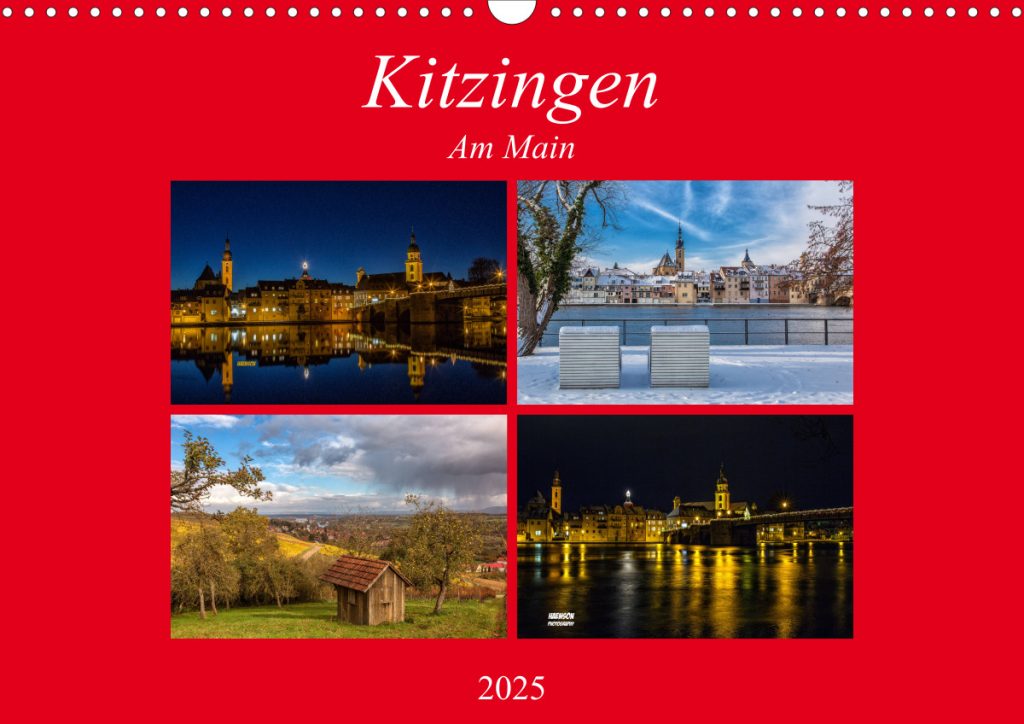
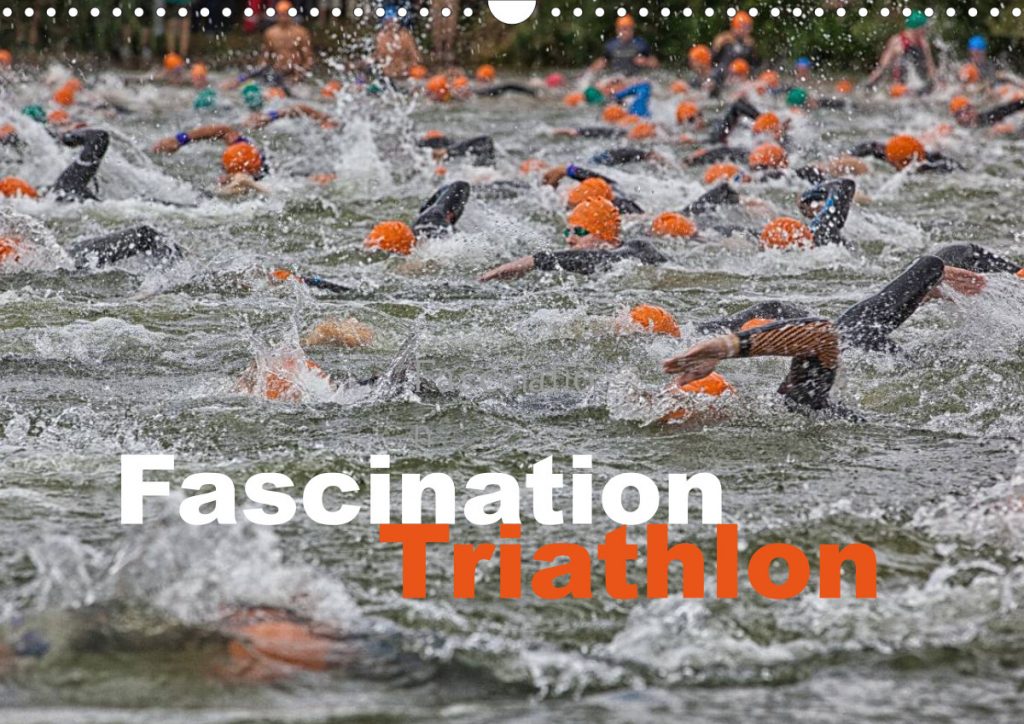
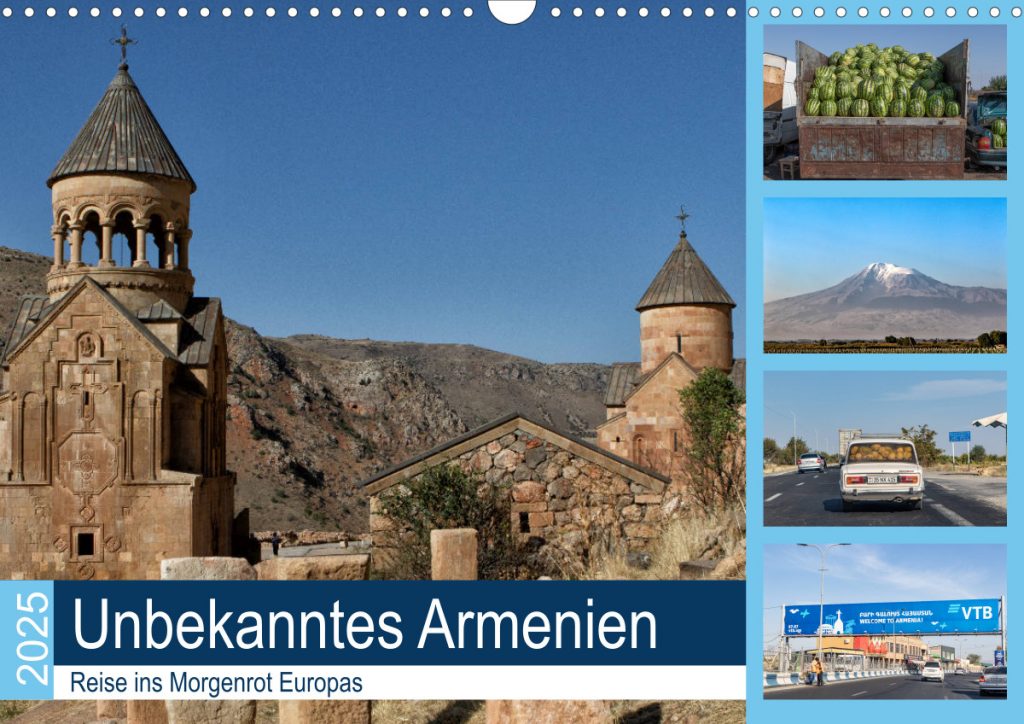
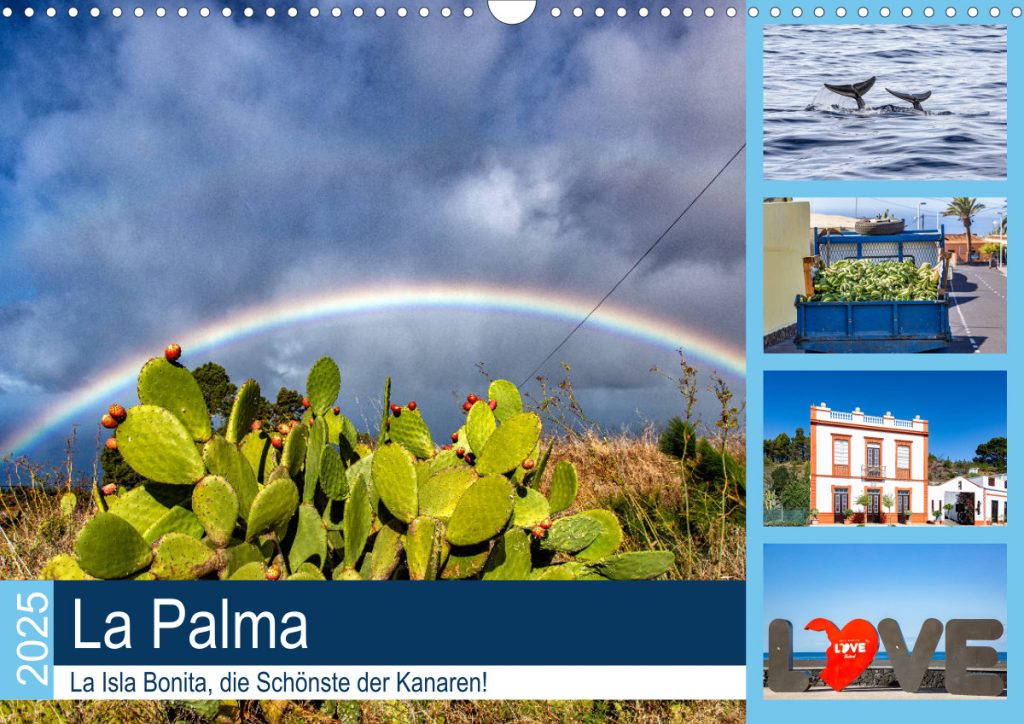
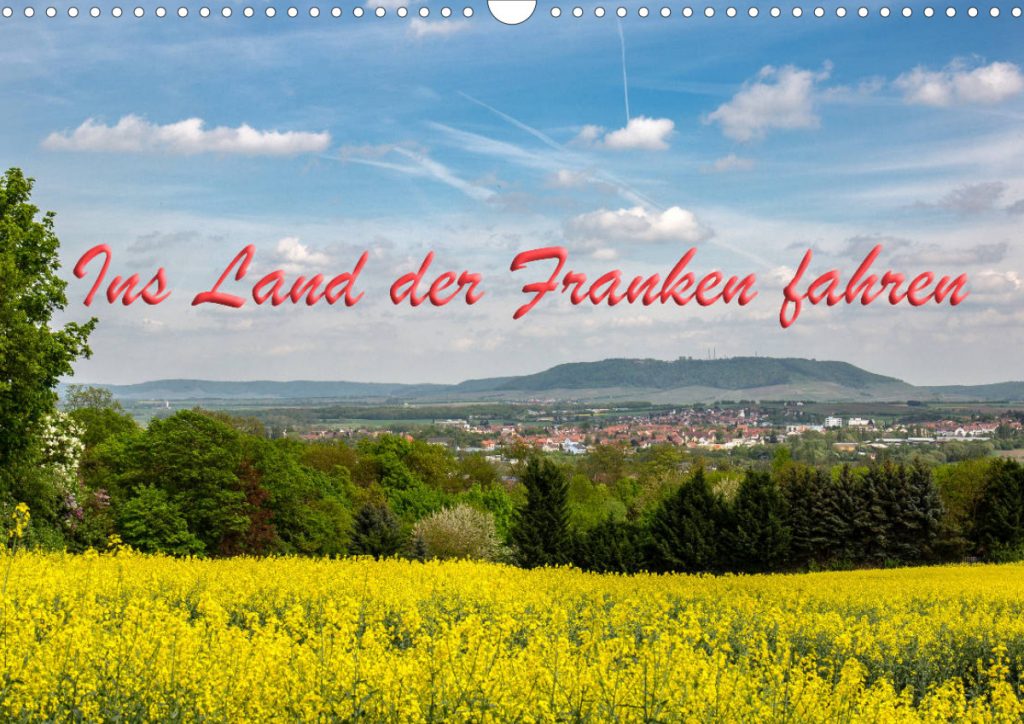
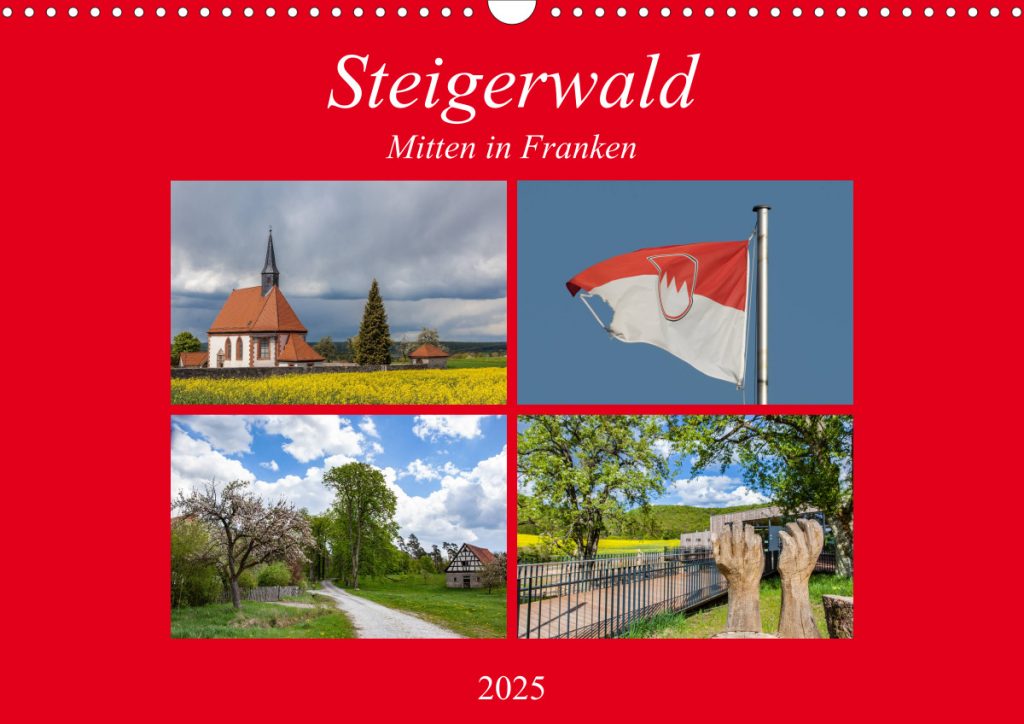
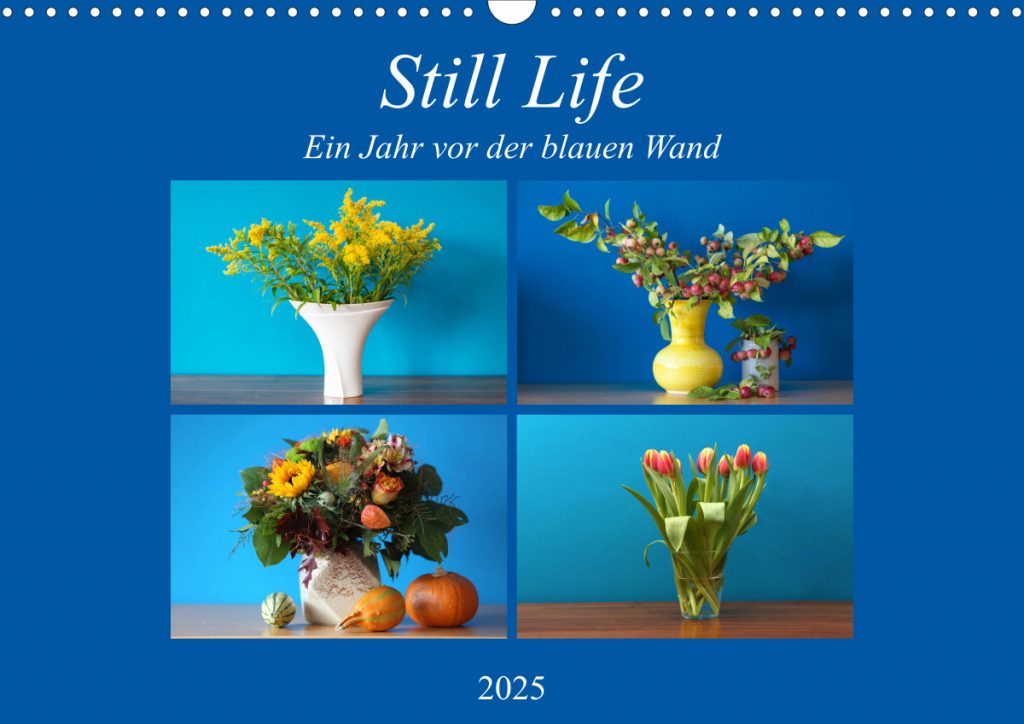
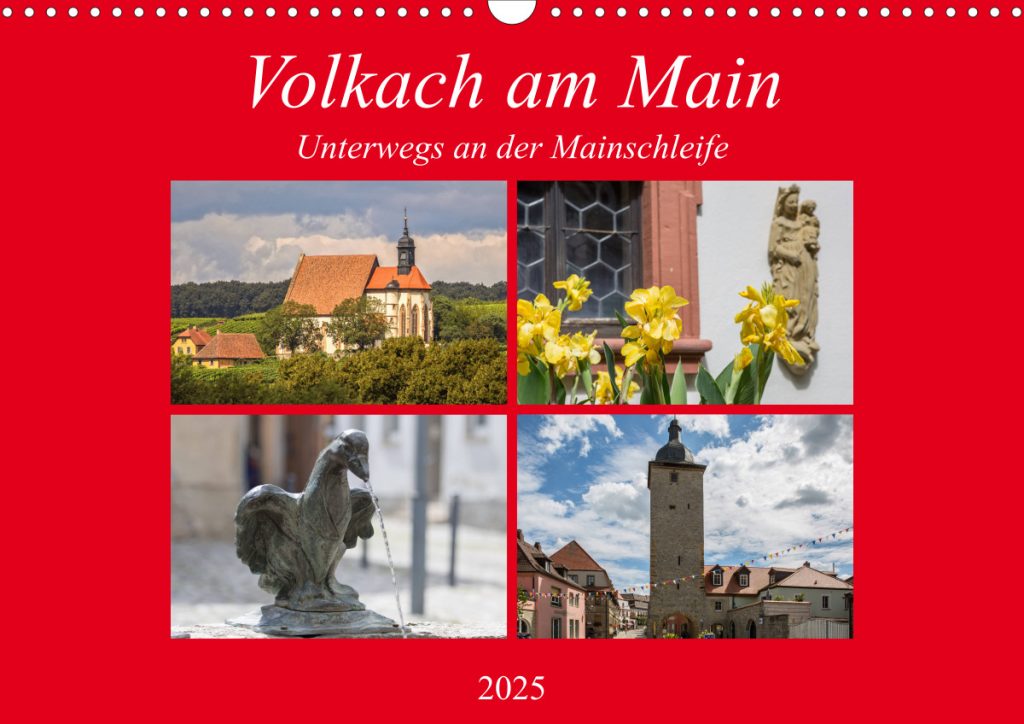
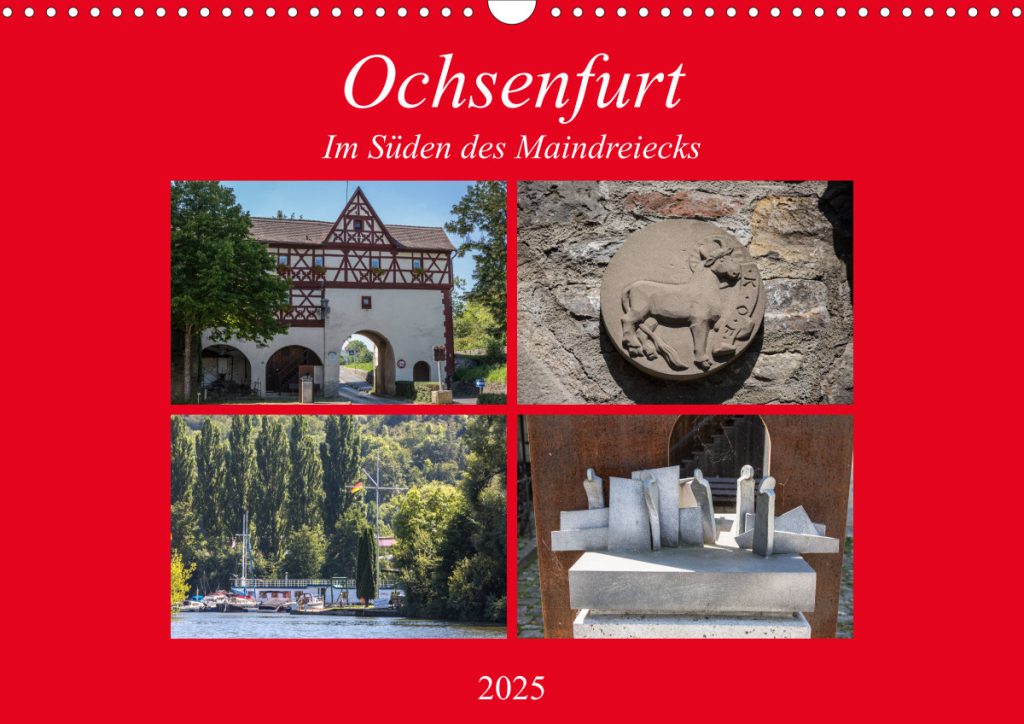
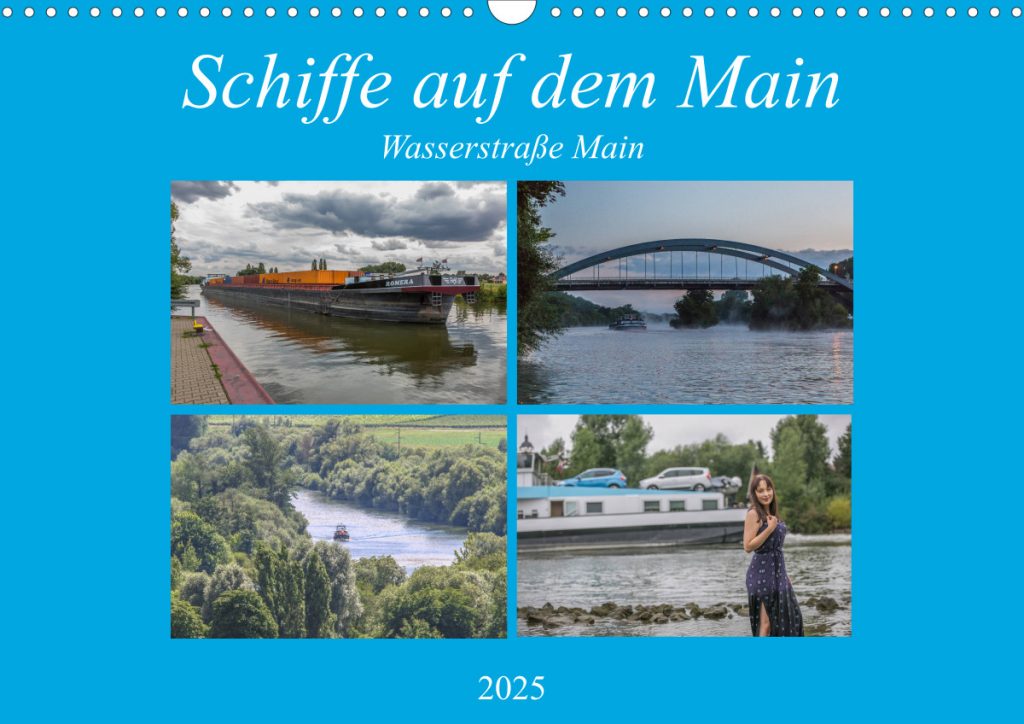
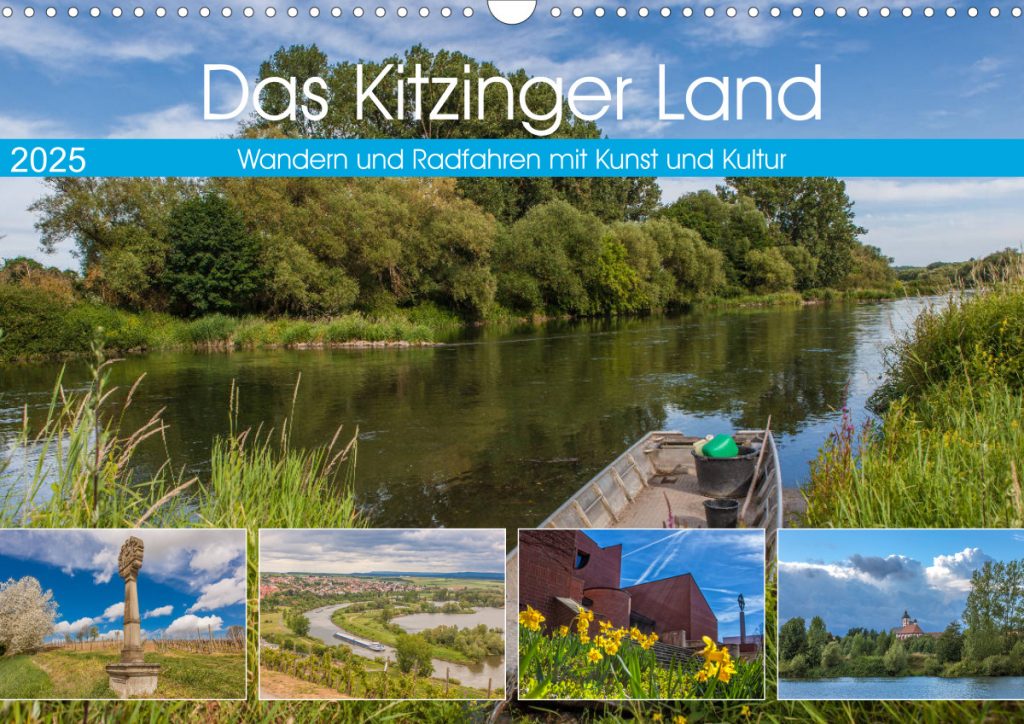
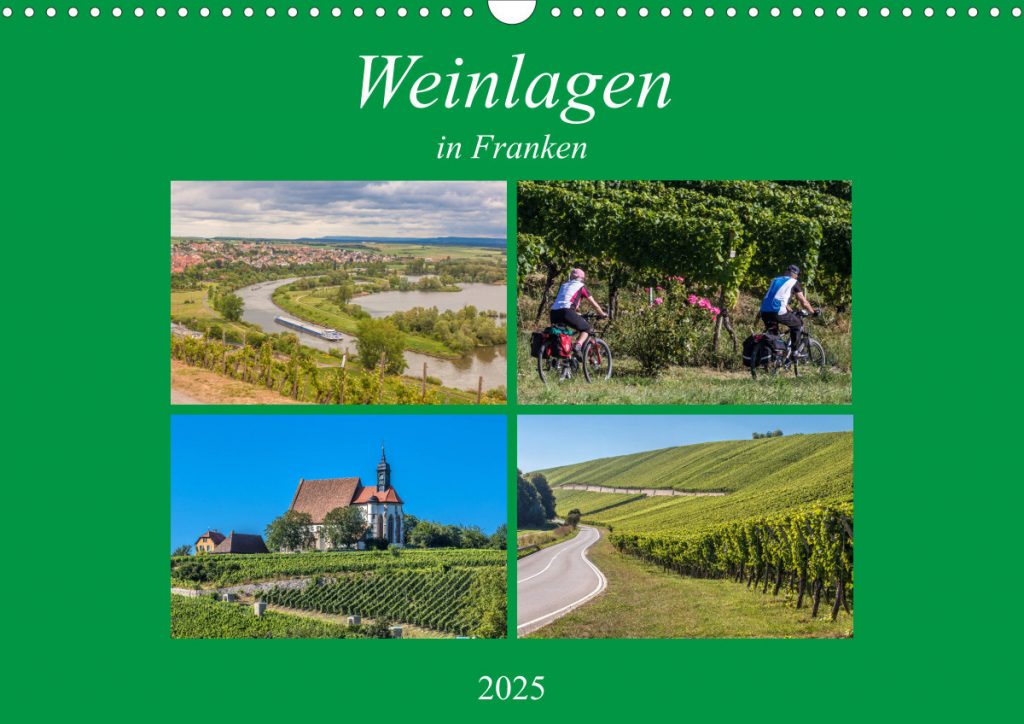
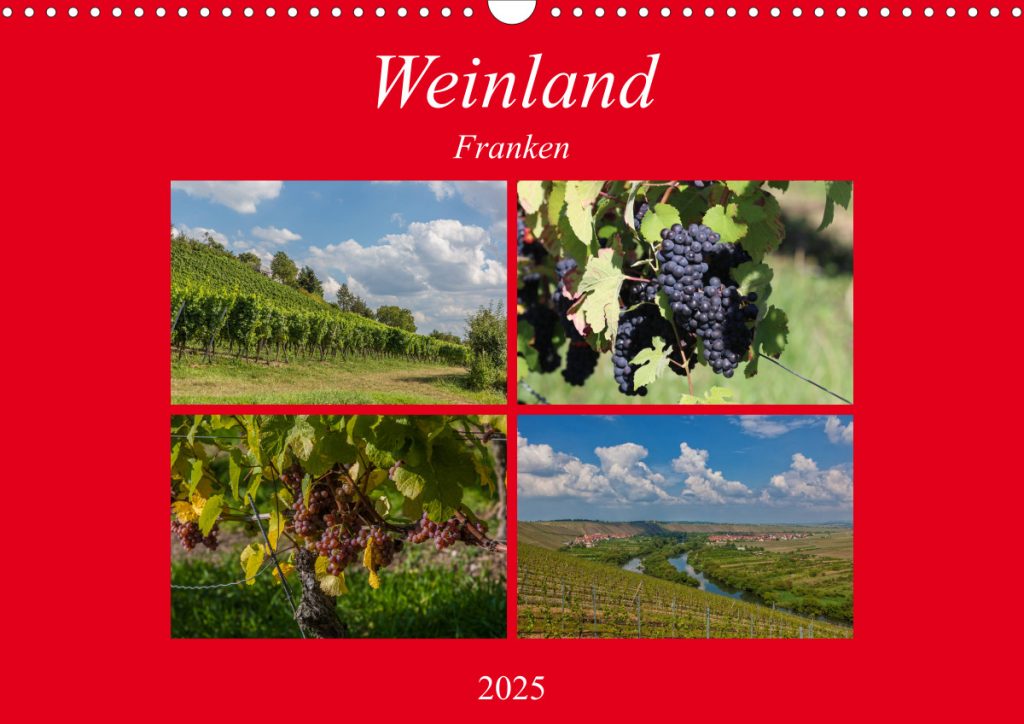
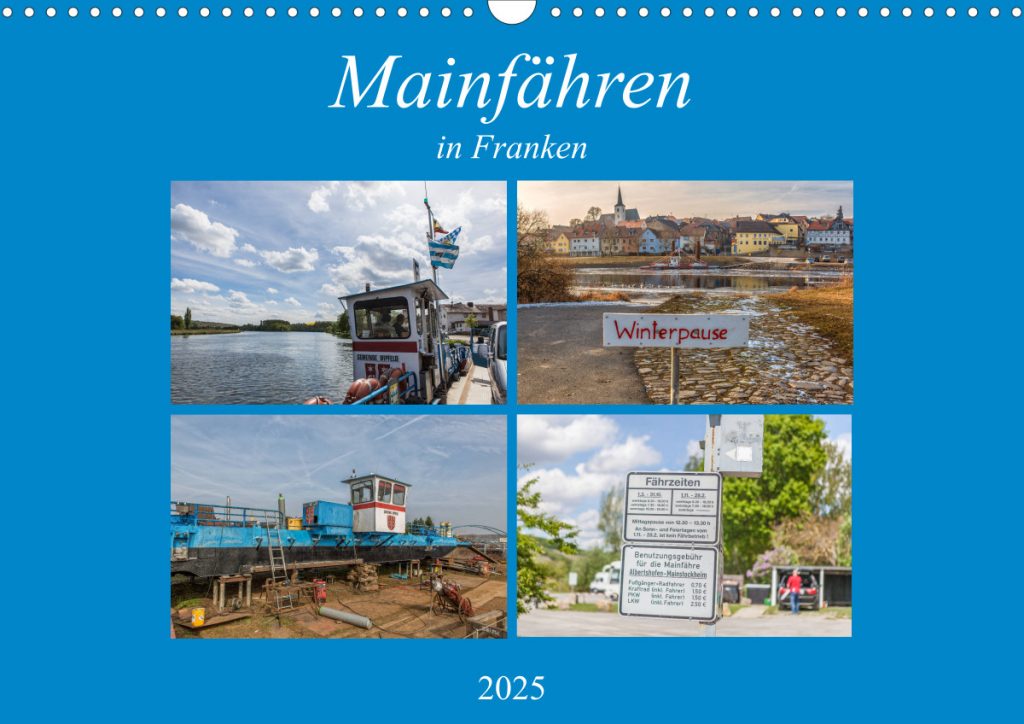
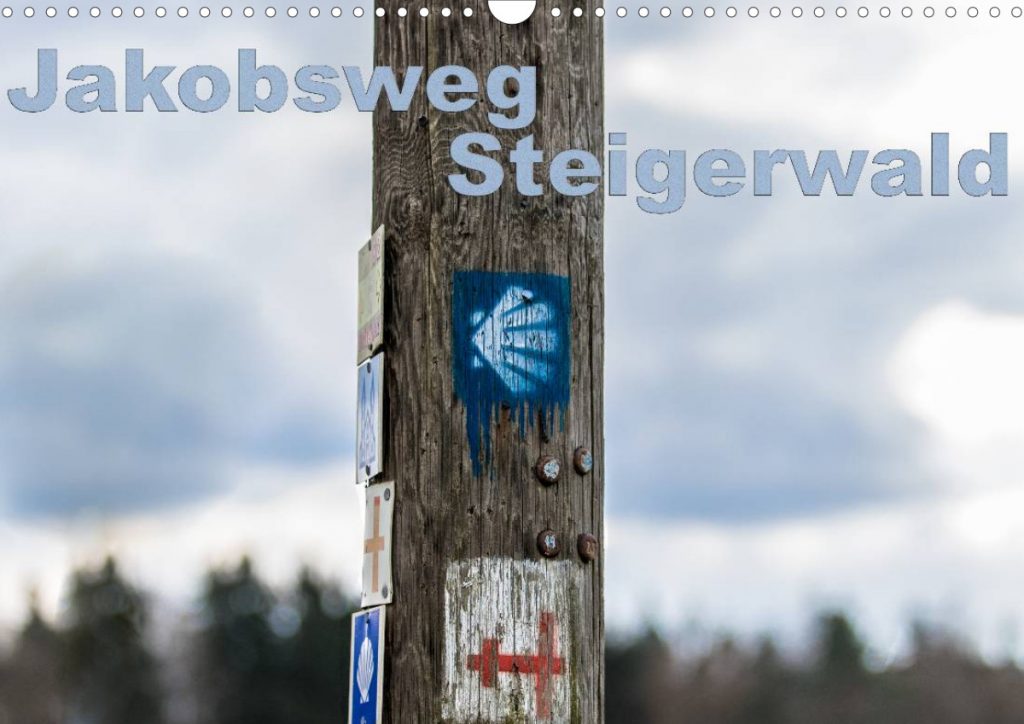
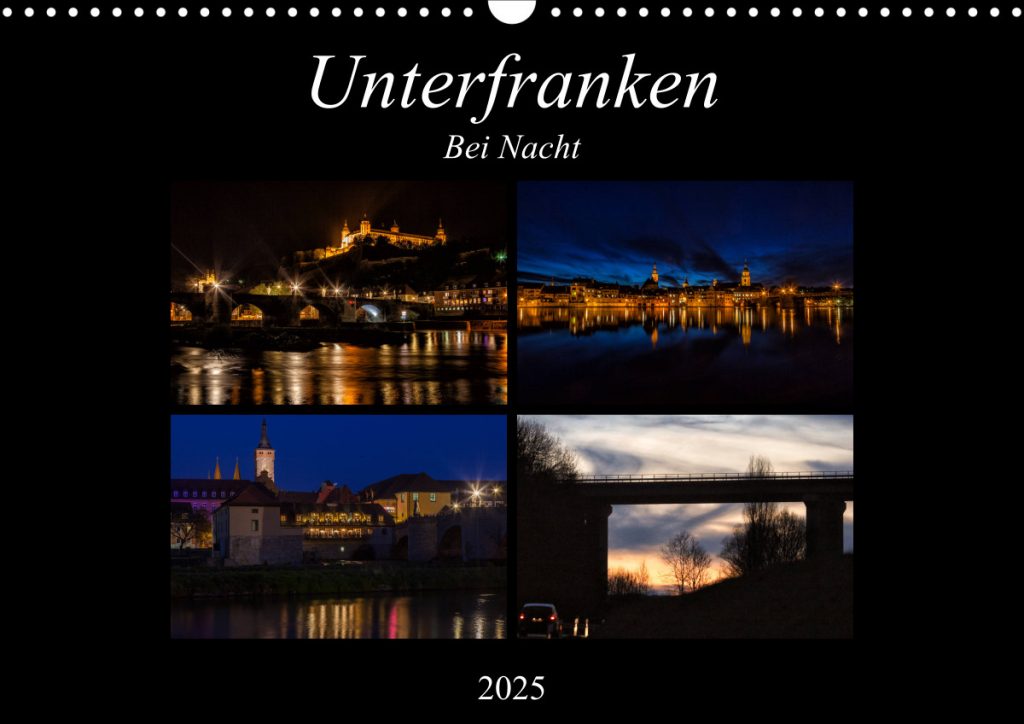
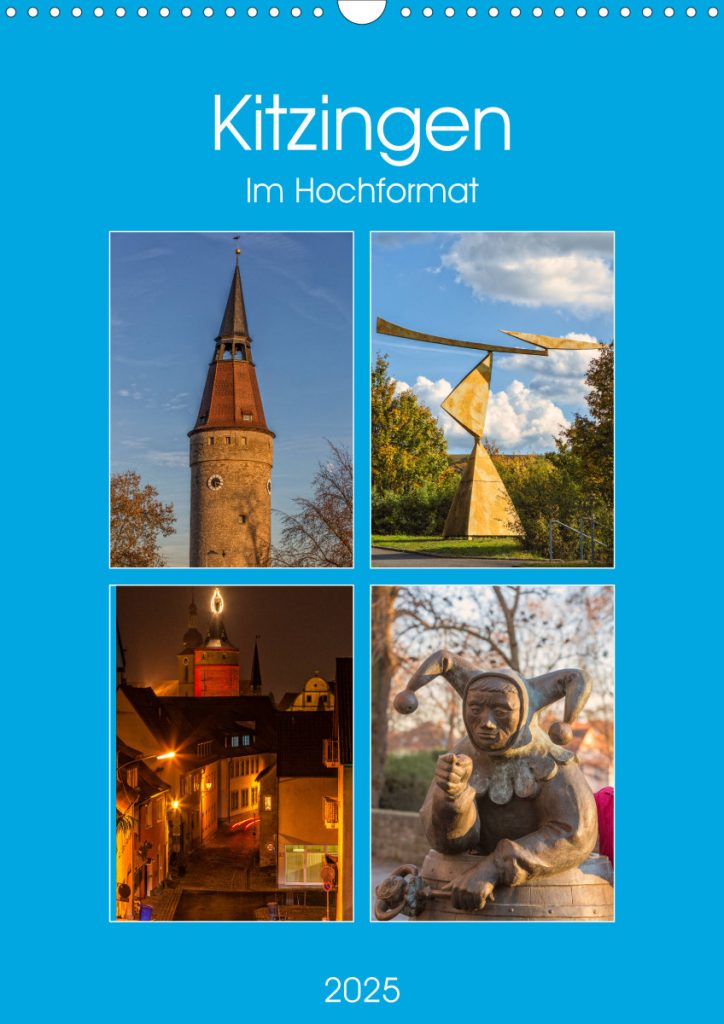
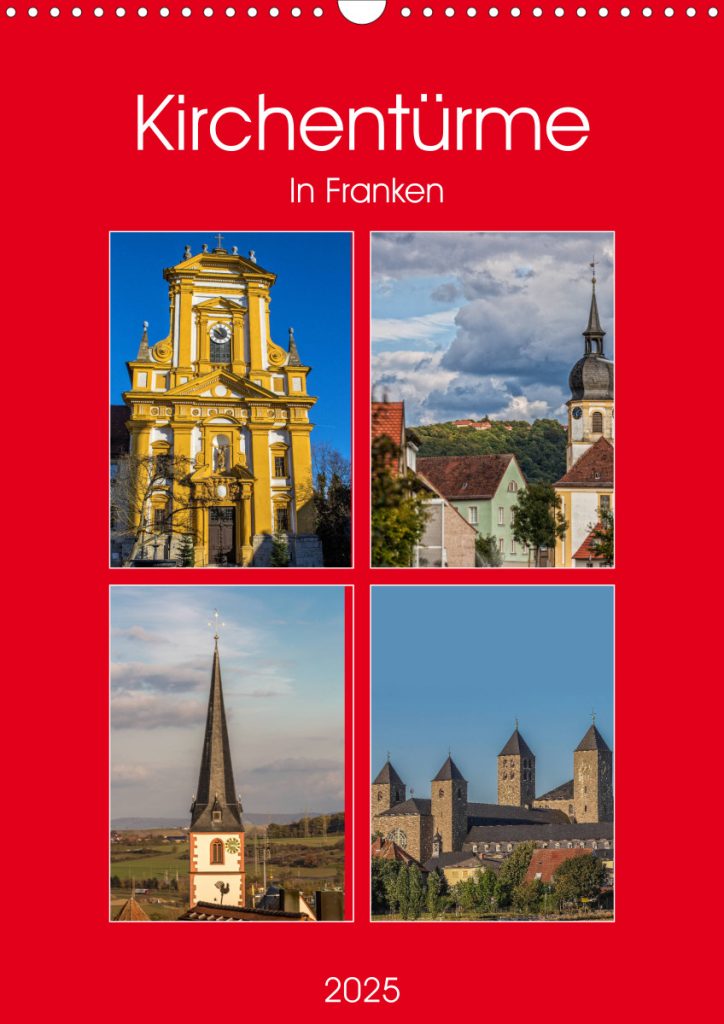
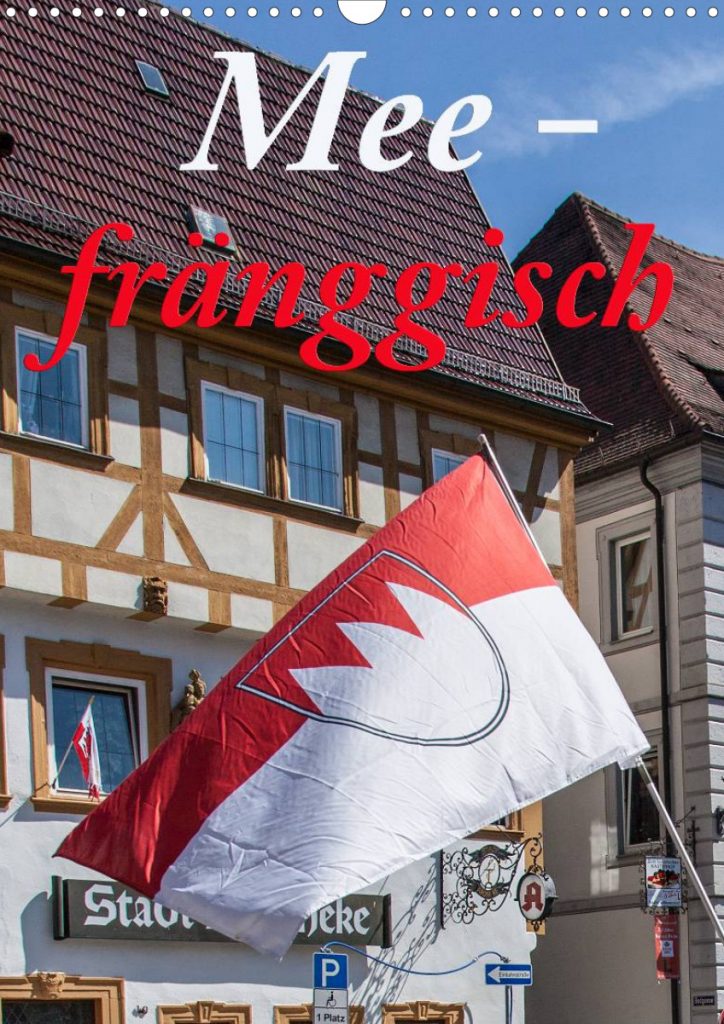
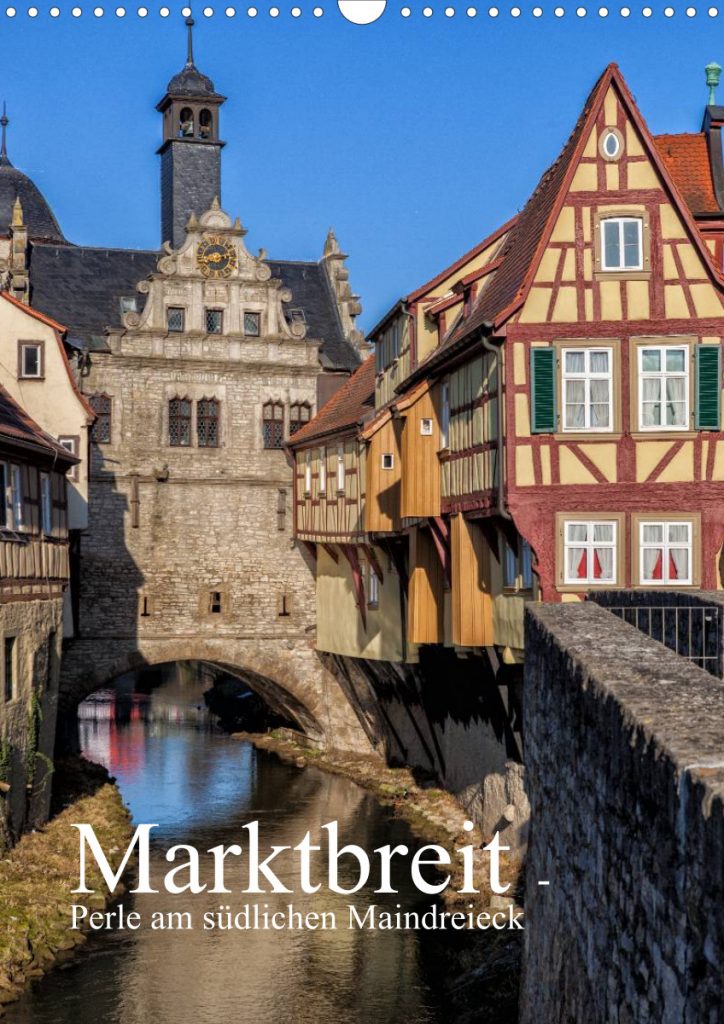
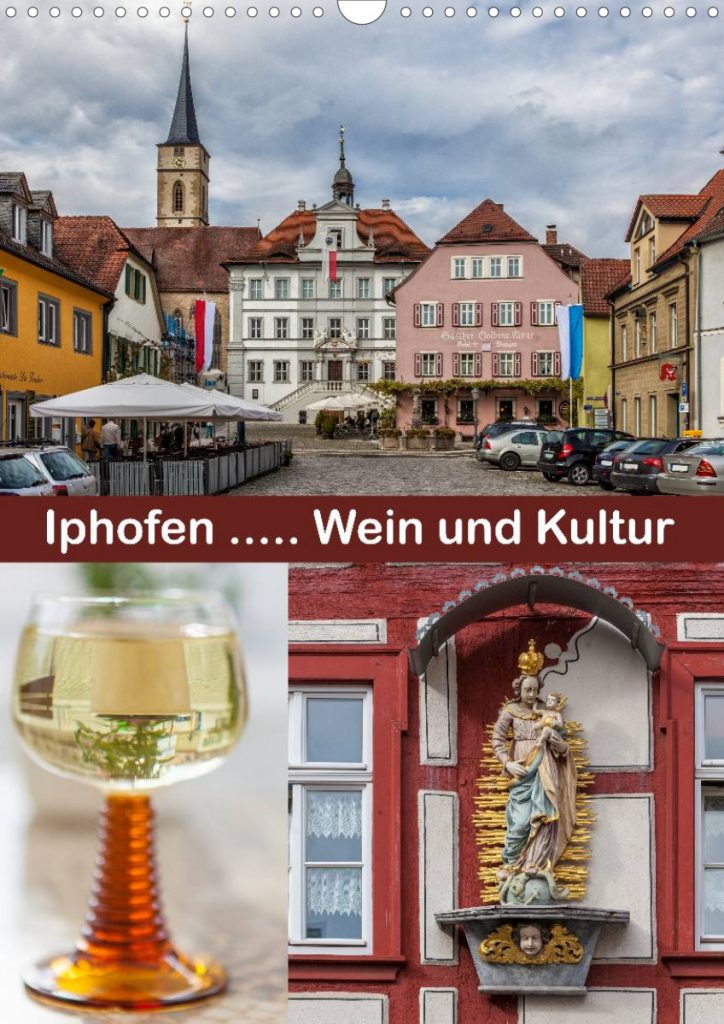
Vermeintlich leichte Gegner für die Deutsche Mannschaft auf dem Weg zur WM 2022 in Katar. Dies ergab die Auslosung der Qualifikationsgruppen am Montag in Zürich. Die deutsche Truppe spielt gegen Rumänien, Island, Nordmazedonien, Armenien und Liechtenstein.
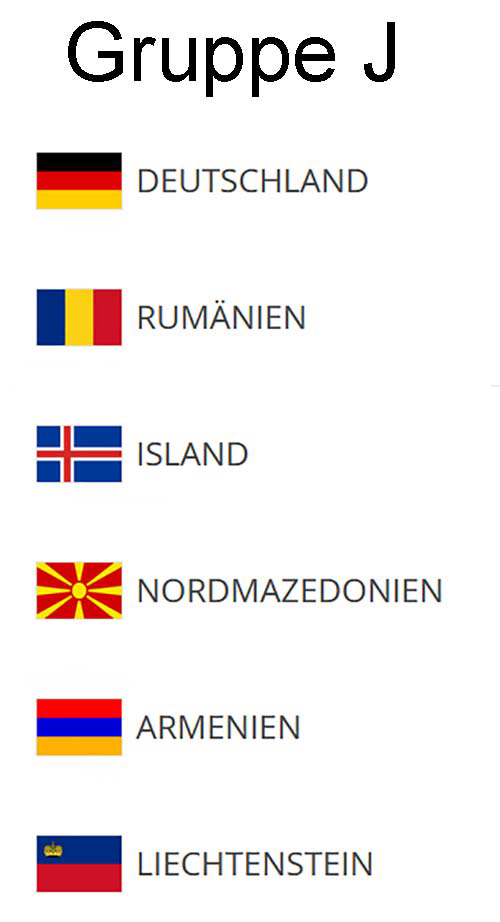
Unten sieht man eine kleine Auswahl der Kalender und hier kann man bequem von zu Hause aus bestellen.
Das ist der letzte Teil meines Armenien Trips und führt uns auf den höchsten Berg des Landes. Beeindruckende Landschaft und dünne Luft bleiben mir in Erinnerung. Der Aragaz ist ein erloschener Schichtvulkan ist 4090m. Der Berg befindet sich an der Grenze der beiden Provinzen Aragazotn und Schirak nordwestlich der Hauptstadt Jerewan. Zwischenstation an der Festung Amberd. Sie ist eine mittelalterliche, seit 1236 teilweise zerstörte Festung, etwa 6 km vom Dorf Byurakan entfernt auf einer Höhe von 2300 m am Südhang des Aragaz. Amberd war auch eine der mittelalterlichen Hauptstädte Armeniens. Mittlerweile hat es am Aragaz geschneit und Garik hat mir ein schönes Bild geschickt. English Version: Aragaz is an extinct stratovolcano and with 4090 m the highest elevation in Armenia. The mountain is located on the border of the two provinces of Aragazotn and Shirak northwest of the capital Yerevan. Stopover at the Amberd Fortress. It is a medieval fortress, partially destroyed since 1236, about 6 km from the village of Byurakan at an altitude of 2300 m on the southern slope of the Aragaz. Amberd was also one of the medieval capitals of Armenia. More picture series see links. Prolog, Wedding Part one, and Wedding Part two. Armenia people and country Part one. Garni Tempel and World Heritage Geghard , Travel and arrival , Armenia people and country Part two. Zvartnots and Etschmiadsin , Armenia people and country Part three – Bakery , Armenia people and country Part four – Artik , Armenia people and country Part five – Anto Tour , Armenia people and country Part six – Armawir . Armenia people and country Part seven – Jerewan, Armenia people and country Part eight – Seewan und hier noch der Link zum Armenien Kalender
Der Sewansee ist mit 1272 km², Fläche, einer Länge von 78 km und einer Breite von maximal 56 km der größte Süßwassersee Armeniens sowie des gesamten Kaukasus. Der See liegt 1900 m über dem Meeresspiegel ist maximal 79,7 m tief und sein Volumen beträgt 37,9 km³. Ende September konnte man im See noch Baden. Lecker war das Schaschlik das meine armenischen Freunde gemacht hatten. Es war ein wunderschöner Audflug an dem ich mich noch gerne zurück erinnere. English Version: Lake Sevan, with a surface area of ??1272 km², a length of 78 km and a maximum width of 56 km, is the largest freshwater lake in Armenia and the entire Caucasus. The lake is 1900 m above sea level is a maximum of 79.7 m deep and its volume is 37.9 km ³. At the end of September you could swim in the lake. Tasty was the shashlik that my Armenian friends had made. It was a beautiful Audflug on which I still like to remember.
More picture series see links. Prolog, Wedding Part one, and Wedding Part two. Armenia people and country Part one. Garni Tempel and World Heritage Geghard , Travel and arrival , Armenia people and country Part two. Zvartnots and Etschmiadsin , Armenia people and country Part three – Bakery , Armenia people and country Part four – Artik , Armenia people and country Part five – Anto Tour , Armenia people and country Part six – Armawir . Armenia people and country Part seven – Jerewan
Die Hauptstadt Armeniens Jerewan zählt zu den ältesten Städten der Welt, ist dem Alter Babylons, Roms, Karthagos und Samarkands gleichzusetzen. Über die Entstehung der Stadt Jerewan besteht eine Legende, die mit dem Namen des biblischen Patriarchen, des Stammvaters des neuen Menschengeschlechts, Noah, verbunden ist. Nach der biblischen Legende landete die Arche, in der sich Noah uns eine Familie befanden, während der Sintflut auf dem Gipfel des Berges Ararat. Nach vierzig Tagen ließ Noah einen Raben steigen, der bald darauf in die Arche zurückkehrte. Nach weiteren sieben Tagen ließ er eine Taube steigen. Diese kehrte mit einem Olivenzweig im Schnabel zurück. Sieben Tage später ließ Noah die Taube erneut fliegen. Sie kehrte nicht wieder. Daraufhin rief Noah aus: „Jerewaz“! (das bedeutet „sie ist erschienen, d.h. die Erde war zum Vorschein gekommen). Der Sage nach stammt von dem Wort „Jerewaz“ auch das Wort „Jerewan“ ab. Soweit die Sage. Mir hat die Stadt mit seinem südländischen Flair sehr gut gefallen. Enlish Version: The capital of Armenia Yerevan is one of the oldest cities in the world, equated to the age of Babylon, Rome, Carthage and Samarkand. There is a legend about the origin of the city of Yerevan, which is associated with the name of the biblical patriarch, the ancestor of the new human race, Noah. According to the biblical legend, the ark where Noah ushered in a family landed during the Flood on the top of Mount Ararat. After forty days Noah had a raven mounted, which soon returned to the ark. After another seven days, he raised a dove. This returned with an olive branch in its beak. Seven days later, Noah let the pigeon fly again. She did not return. Thereupon Noah exclaimed: „Jerewaz“! (that means „she appeared, that is, the earth had come to light“). Legend has it that the word „Yerevan“ comes from the word „Jerewaz“. As far as the legend. I really liked the city with its southern flair.
More picture series see links. Prolog, Wedding Part one, and Wedding Part two. Armenia people and country Part one. Garni Tempel and World Heritage Geghard , Travel and arrival , Armenia people and country Part two. Zvartnots and Etschmiadsin , Armenia people and country Part three – Bakery , Armenia people and country Part four – Artik , Armenia people and country Part five – Anto Tour , Armenia people and country Part six – Armawir .
Armawir ist eine Stadt im Westen Armeniens mit einer geschätzten Einwohnerzahl von 26000. Armawir ist die Hauptstadt der gleichnahmigen Provinz. Armawir hieß während der sozialistischen Zei bis 1992 Hoktemberyan und vor 1932 Sardarabad. Die namensgleiche Stadt Armarwir in Russland wurde im 19. Jahrhundert von Armeniern aus Armawir gegründet. Ich durfte dort bei sehr netten Menschen drei Wochen lang leben und erlebte dabei eine unglaubliche Gastfreundschaft. Danke an alle die das von euch lesen. Irgendwie habe ich mich in die Stadt und die netten Menschen dort verliebt. Ich könnte mir sogar vorstellen dorthin auszuwandern. Mal schauen was das Leben noch bringt. Bilderserie unten. English version: Armavir is a city in western Armenia with an estimated population of 26,000. Armavir is the capital of the homonymous province. Armawir was called Hoktemberyan until 1992 and Sardarabad before 1932 during the socialist era. The same-named city Armarwir in Russia was founded in the 19th century by Armenians from Armavir. I was able to live there for three weeks with very nice people and experienced an incredible hospitality. Thanks to all who read this from you. Somehow I fell in love with the city and the nice people there. I could even imagine emigrating there. Let’s see what life still brings. Picture series below.
More picture series see links. Prolog, Wedding Part one, and Wedding Part two. Armenia people and country Part one. Garni Tempel and World Heritage Geghard , Travel and arrival , Armenia people and country Part two. Zvartnots and Etschmiadsin , Armenia people and country Part three – Bakery , Armenia people and country Part four – Artik , Armenia people and country Part five – Anto Tour .
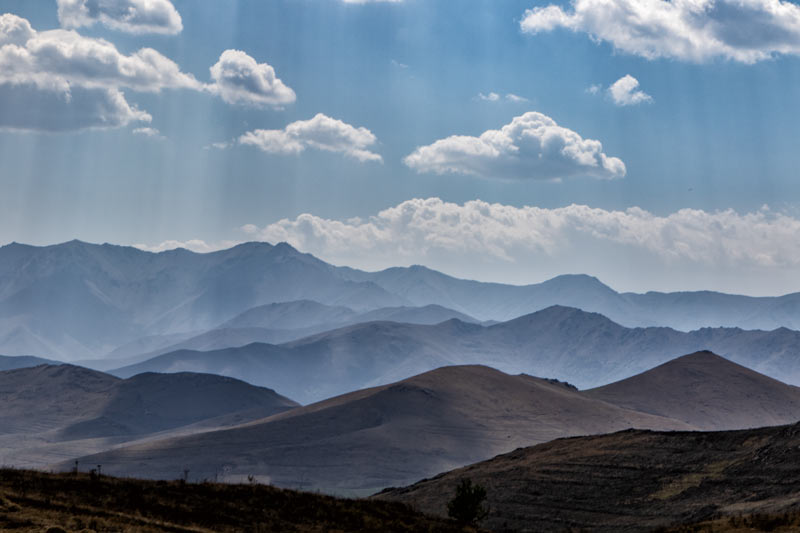

Der Lada Samara von Anto stand in der Morgensonne als wir zu unserer Tour nach Tatew einem im Jahr 895 gegründeten armenisch-apostolisches Kloster in der Provinz Sjunik im Süden Armeniens aufbrachen. Den Berg Ararat in Sichtweite ging es weiter an der aserbaidschanischen Exklave Nachitschewan vorbei durchs Weindorf Areni zu unserem ersten Ziel. Norawank, es ist ein armenisches Kloster aus dem 13. Jahrhundert und war bis ins 19. Jahrhundert Grablege der fürstlichen Orbelian-Dynastie. Es gehört zu den wichtigsten Touristenattraktionen Armeniens. Weiter auf zum Teil sehr schlechten Straßen. Anto überholte Wohnmobile aus Estland und dem Iran. Ich musste mich erst an seinen Fahrstil gewöhnen. Mit der der längsten Seilbahn der Welt dann über die Worotan-Schlucht zum Kloster Tatev. Es fing zu Regnen an. Auf der Rückfahrt der 750 km Tour lockerte es wieder auf. Dritter Tankstop. Alle 200km musste Anto seinen Gastank auffüllen lassen. Am Armenischen Stonehenge und am größten Wasserfall des Landes machten wir dann noch ausführliches Sightseeing. Dann ging es in die Nacht und wir stellten fest das Antos Licht am Samara nicht das Beste war. Trotzdem kamen wir dann mitten in der Nacht unbeschädigt wieder in Armawir an. English Version: The Lada Samara of Anto stood in the morning sun when we set out on our tour to Tatew an Armenian Apostolic Monastery founded in 895 in the province of Syunik in southern Armenia. The mountain Ararat in sight, it went on to the Azerbaijani exclave Nakhichevan over by the wine village Areni to our first destination. Norawank, a 13th-century Armenian monastery, was the burial place of the princely Orbelian dynasty until the 19th century. It is one of the main tourist attractions of Armenia. Continue on some very bad roads. Anto overtook motorhomes from Estonia and Iran. I first had to get used to his driving style. Take the longest cable car in the world via the Worotan Gorge to Tatev Monastery. It started raining. On the return journey of the 750 km tour it relaxed again. Third refuel stop. Every 200km Anto has to fill up his gas tank. At the Armenian Stonehenge and at the largest waterfall in the country we made detailed sightseeing. Then it went into the night and we found that Antos light on Samara was not the best. Nevertheless, we arrived in the middle of the night undamaged again in Armavir.
More picture series see links. Prolog, Wedding Part one, and Wedding Part two. Armenia people and country Part one. Garni Tempel and World Heritage Geghard , Travel and arrival , Armenia people and country Part two. Zvartnots and Etschmiadsin , Armenia people and country Part three – Bakery , Armenia people and country Part four – Artik .
Artik eine Stadt in der nordwestearmenischen Provinz Schirak hat rund 18.000 Einwohnern. Im 20. Jahrhundert wurde die zweitgrößte Stadt der Provinz zu einem Industriestandort ausgebaut. Der mit dem Ende der Sowjetzeit zum Erliegen gekommene Abbau von Tuff wird heute in kleinerem Maßstab fortgesetzt. Die außerhalb gelegene Kirche von Lmbatavank ist um das Jahr 600 datiert. – Artik a city in the northwestern Armenian province of Shirak has about 18,000 inhabitants. In the 20th century, the second largest city in the province was developed into an industrial location. The extinction of tuff, which came to a standstill at the end of the Soviet era, continues today on a smaller scale. The outside church of Lmbatavank dates back to the year 600.
More picture series see links. Prolog, Wedding Part one, and Wedding Part two. Armenia people and country Part one. Garni Tempel and World Heritage Geghard , Travel and arrival , Armenia people and country Part two. Zvartnots and Etschmiadsin , Armenia people and country Part three – Bakery .
Matnakasch und Lawasch the typical breads of Armenia. Production on many pictures.
More picture series see links. Prolog, Wedding Part one, and Wedding Part two. Armenia people and country Part one. Garni Tempel and World Heritage Geghard , Travel and arrival , Armenia people and country Part two. Zvartnots and Etschmiadsin